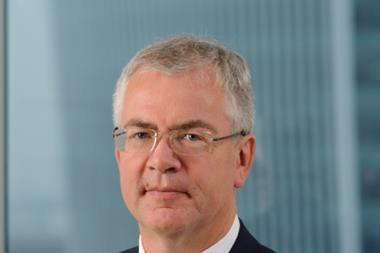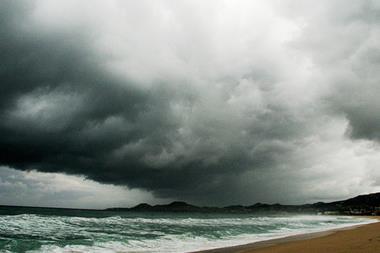Things are more difficult in the economically fragile less developed countries
Another month, another natural disaster. Typhoon Haiyan, which hit the Philippines on 8 November, is estimated to have left about 5,000 dead and hundreds of thousands more displaced. It’s just the latest in a long line of natural catastrophes to have caused mass death and devastation over the past couple of decades. We may not be able to prevent the disasters, but are we getting better at managing the risks?
In some cases, the answer is positive. In 1991, a cyclone killed almost 139,000 in Bangladesh and destroyed 780,000 homes. In May of this year, cyclone Mahasen left a death toll of 17. Admittedly the two storms were not comparable in strength, but two decades of risk reduction measures by the United National Development Programme and the Bangladesh government have done much to reduce the impact. Before Mahasen struck, a network of 50,000 volunteers took to the roads to warn people to move to higher ground, while 3,700 shelters stood ready to receive displaced people. Similarly, following the tsunami that hit an unprepared Thailand in 2004, the Pacific Tsunami Warning Center was expanded and its range extended. SMS messages to mobile phones following an alert are available for many of the countries in the region.
So it may be argued that pre-disaster measures, such as providing early warning, ordering evacuations, or providing resilient infrastructure have improved. But in the immediate aftermath of a disaster, things are more difficult. The problem is that, without a proper assessment of what is needed where, aid may arrive in the wrong place, in the wrong quantities at the wrong time. We saw the problems this can cause in the aftermath of the
2010 Haiti earthquake, where aid piled up at the airport because distribution networks were inefficient, flights in weren’t properly prioritised, and there was consequent delay. Yet it takes time to make an assessment, especially if there are isolated populations that are cut off by infrastructure damage, while the need for the basics – food, water, shelter – is immediate. Disaster experts reckon there is a three-day window before people start being driven to take what they need, with a consequent risk to law and order. Five days after Typhoon Haiyan, reports were emerging of widespread looting, while aid was backing up at Cebu airport due to a shortage of aircraft small enough to use the local airstrips. All these conflicting pressures, combined with a raft of risks arising from the local conditions – ranging from the efficiency of government and military structures to the damage to infrastructure – mean that it is hard to implement a coherent plan.
That it can be done is shown by the widely praised response to the 2008 Sichuan earthquake in western China, where more than 15,000 troops were mobilised almost immediately, working in appalling conditions, but with a proper command and control structure. But things are more difficult in the economically fragile less developed countries where the majority of natural disasters happen, and which are dependent on the outside world coming to their rescue.
That outside world is becoming better at managing another risk, with the multiplicity of charities, non-governmental organisations, specialist agencies and rescue teams ready to become involved. Increasingly, logistics and appeals are becoming co-ordinated through central structures such as the UK’s Disasters Emergency Committee, which works under the overall umbrella of the International Federation of Red Cross and Red Crescent societies. But it is probably United Nations Disaster Assessment and Coordination – only founded in 1993, but now with 90 participating countries – that provides the best chance of co-ordinating multinational disaster response from a central point.
Natural disasters seem to be increasing in frequency and magnitude. The response will never be problem-free, but there is good evidence that many of the peripheral risks are being brought under control and actively managed. And, with each new disaster, we learn more, though usually at a great cost in lives.




















No comments yet